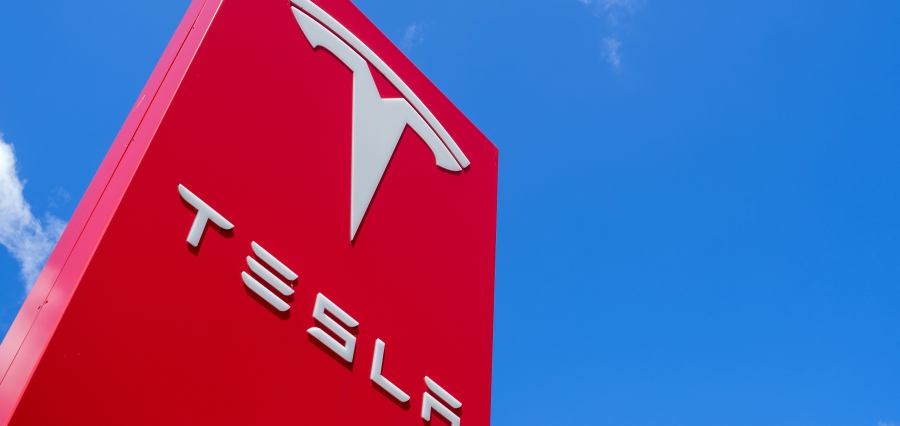Tesla has announced plans to introduce its Full Self-Driving (FSD) technology in Europe and China by early 2025, pending regulatory approval. In a post on the X social media platform, Elon Musk’s electric vehicle company confirmed that this driver assistance feature, which is available as a paid add-on for Tesla customers, is slated for launch in the first quarter of next year.
The FSD product, which has been a key part of Musk’s vision to make Tesla a leader in AI-driven, autonomous vehicles, still requires final approval from regulatory authorities in both regions. In July, Musk expressed optimism about receiving this clearance by the end of 2024.
Despite its name, Full Self-Driving does not make Tesla vehicles fully autonomous. Drivers must remain attentive, keeping their hands on the wheel and being prepared to take over control when necessary. FSD is an enhancement of Tesla’s existing Autopilot system, which is already available in Europe and China. Tesla has also offered a limited version of its FSD technology in China for several years.
Since 2016, Musk has been vocal about Tesla’s plans to develop fully autonomous vehicles, repeatedly promising investors a future where cars would drive themselves without any human intervention. However, due to both technical and regulatory hurdles, Tesla has not yet fully delivered on this promise. The launch of FSD in Europe and China marks a significant step toward that goal, though true autonomy remains out of reach for now.
Tesla’s move to expand FSD into these key markets is part of its broader strategy to push forward in the self-driving space. The company has faced challenges not only in achieving the necessary technical milestones but also in navigating the complex regulatory frameworks that govern autonomous driving technology.
The introduction of FSD in Europe and China could accelerate Tesla’s efforts to make self-driving cars more accessible globally, while continuing to develop the technology required to achieve fully autonomous vehicles in the future.

